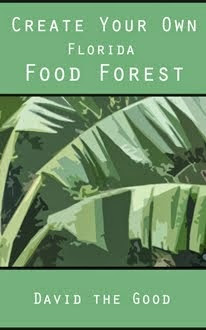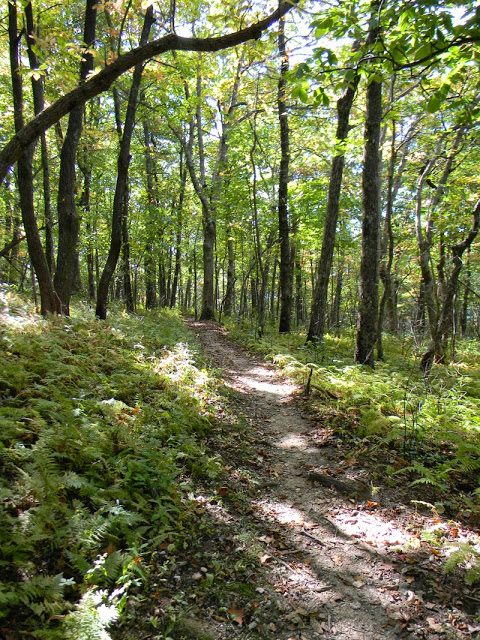I have started a new food forest project for a client. The land is sloping and somewhat rocky with a thick regrowth of scrubby trees. Most of the existing trees are Leucaena leucocephala, but I have found a papaya, some gumbo limbo, and a few other species that may be useful.
Since the Leucaena trees are nitrogen-fixers, I’m not going to remove them from the system. Instead, I’m cutting them down to 3′ heights so I can plant fruit trees in between them, then as the Leucaena grow back, I’ll cut them again and again for nitrogen-fixation and mulch. When I established my North Florida food forest, I skipped the nitrogen-fixer step, which I shouldn’t have done. This time they’re already there, so I’m going with it.
You can see what I’ve done so far here:
As I was looking up ideas, I came across an old thread at permies about establishing food forests in existing woods.
In it, Brenda Goth shares some excellent advice:
“Autumn is a wonderful time to start planning this..before the snow falls but while the leaves are off of the trees.
first plan your trails through the woods, your destinations should be through the woods with wide enough trails to access with equipment that you’ll be going into the woods with, whether it be a truck, tractor or ATV..
while you are planning your trails, go around really nice trees and take down any crowded, injured or dying trees in the trail proper..avoid sharp curves that might not be negotiable when leaves are on the trees..
watch for food plants that might already be there, such as bramble berries or fox grapes..mushrooms..etc.
Pile up any wood products that you have left over after removing your firewood and lumber wood, along the side of your trails into areas to prepare hugel beds or for woodpiles for your animal llife..
watch for any clearing areas that might naturally already be in your woods, and lead your trails to these clearing areas as these will be areas where you will want to plant your sunlovers..
also plan yuour south and east edges for sunlover as well..
gaterh excess muclhy and compostables to go into beds along your paths and watch for areas where you can put in fruit trees and fruit or berry bearing shrubs..if you have a chipper some of your branches can be chipped for mulch, bed making or path cover..these will also be good areas to put mushrooms, which can grow even in your pathways.
in some out of the way semi sunny places put your brambles along your paths, make sure you can access them from both sides..
if you have some snags you can grow grapes or kiwi vines up through the snags, honeyberry is another possibliity..
you’ll want to layer things with your canopy trees behind uyour fruit trees and berry shrubs and your sunnier plants in front of those, greens can grow in the shadier areas..lettuces and cole crops will grow in the more fertile semi shady areas..
greens can grow in the shadier areas..lettuces and cole crops will grow in the more fertile semi shady areas..
also if you have some open area you might ocnsider some ut trees..and remember your wildlife will enjoy your trails too, so consider that when planting them….esp when you go to harvest your blackberries (might also find a bear harvesting them like we do here)”
The paths in my old food forest were “designed” by mowing the grass in flowing trails through the yard and letting the weeds and brush grow in the rest of the space. Over time, we figured out where the kids were cutting through the tall grass and we cut those areas too. The access was mostly to the fruit trees, gate to the neighbor’s yard, mailbox, front of the house and berry patches. I like letting paths evolve that way.
I like starting with some woods already. Yes, it’s more clearing work, but there’s also a lot more life and protection from the elements than there is when you start with a patch of grass.


1 comment
Such great tips! I’m in the Texas Hill Country and am just getting started. We have oak, cedar and cactus. Also lots of deer to contend with. Our acreage is part of a large working ranch so we have cows wandering through, too. Peach grows well here so I’m starting with those. Thanks for sharing this wealth of information !!
Comments are closed.